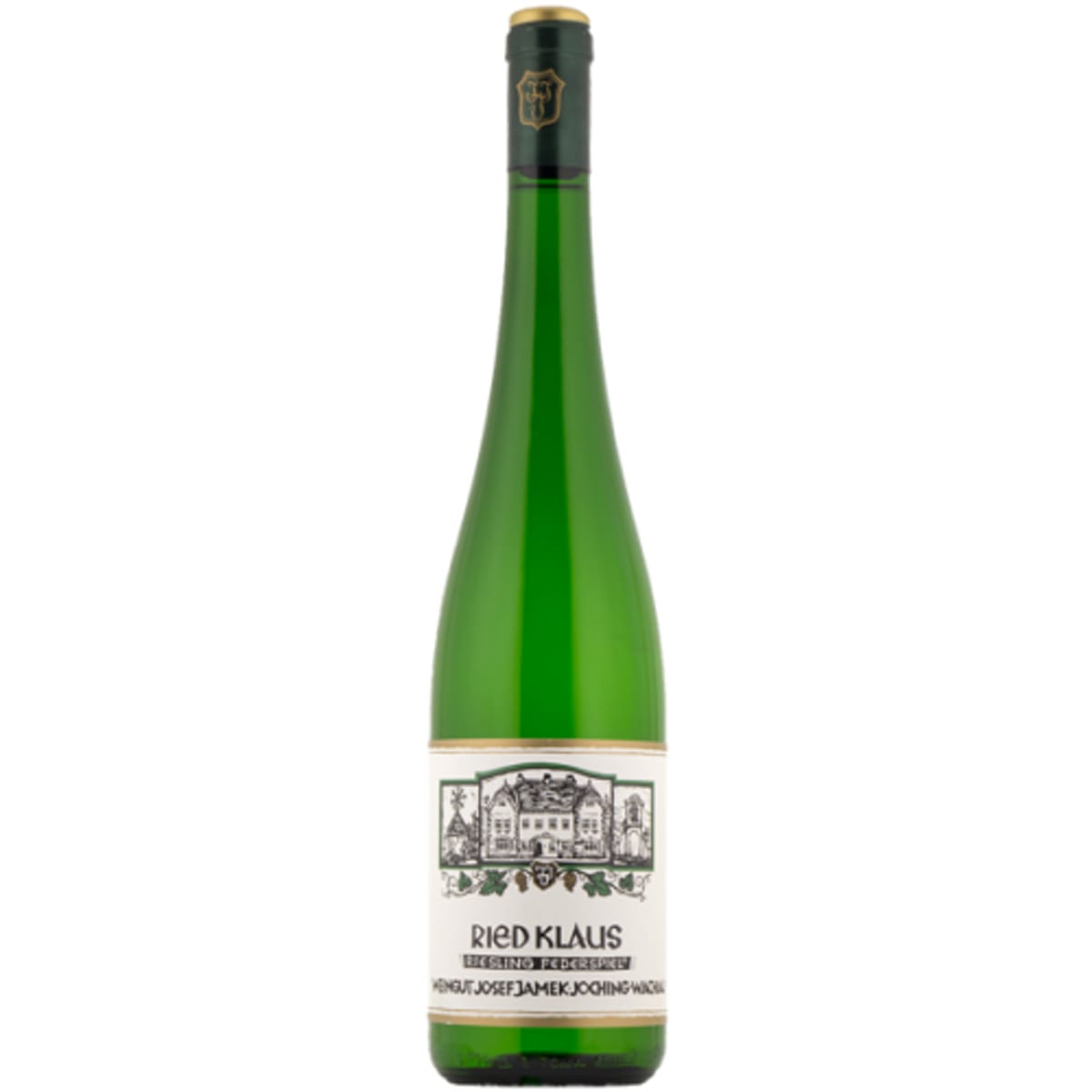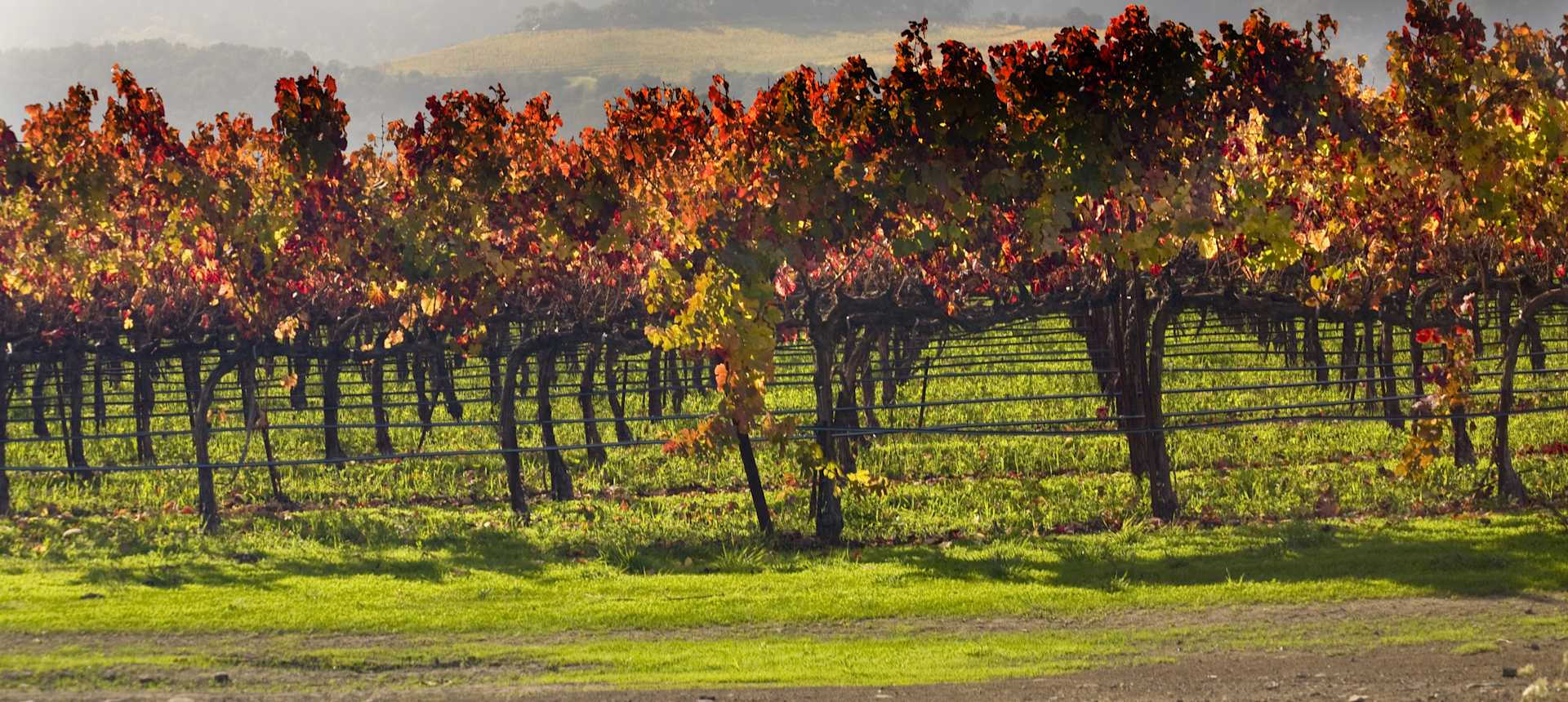Weingut Josef Jamek Ried Klaus Riesling 2021
Last call - only 7 left!



Product Details
Your Rating
Somm Note
Winemaker Notes

Riesling possesses a remarkable ability to reflect the character of wherever it is grown while still maintaining its identity. A regal variety of incredible purity and precision, this versatile grape can be just as enjoyable dry or sweet, young or old, still or sparkling and can age longer than nearly any other white variety. Somm Secret—Given how difficult it is to discern the level of sweetness in a Riesling from the label, here are some clues to find the dry ones. First, look for the world “trocken.” (“Halbtrocken” or “feinherb” mean off-dry.) Also a higher abv usually indicates a drier Riesling.

As Austria’s most prestigious wine growing region, the landscape of the Wachau is—not surprisingly—one of its most dramatic. Millions of years ago, the Danube River chiseled its way through the earth, creating steep terraces of decomposed volcanic and metamorphic rock. Harsh Ice Age winds brought deposits of ancient glacial dust and loess to the terrace’s eastern faces. Today these steep surfaces of nutrient-poor and fast draining soil are home to some of Austria’s very best sites for both Grüner Veltliner and Riesling.
Wachau is small, comprising a mere three percent of Austria’s vine surface and, considering relatively low yields, represents a miniscule proportion of total wine production. Diurnal temperature shifts in Wachau facilitate great balance of sugar and phenolic ripeness in its grapes. At night cold air from the Alps and forests in the northwest displace warm afternoon air, which gets sucked upstream along the Danube.
Its sites are actually so varied and distinct that more emphasis is going into vineyard-designated offerings even despite grape variety. Grüner Veltliner and Riesling are most prominent, but the region produces Chardonnay, Pinot Blanc (Weissburgunder), Pinot Gris, Sauvignon Blanc and Zweigelt among other local variants.
